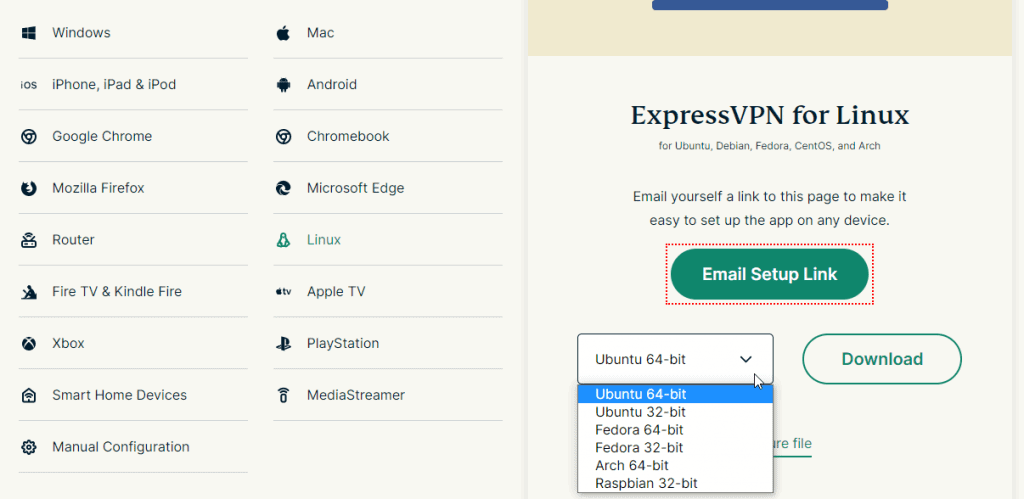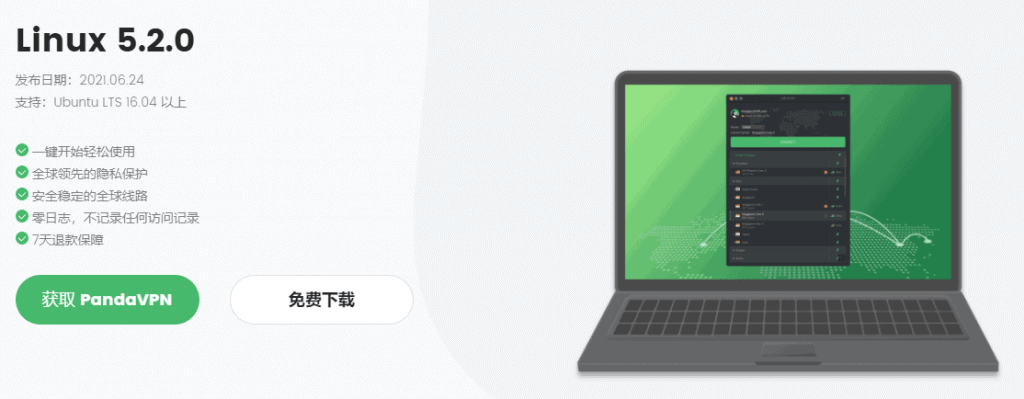This article briefly introduces the Linux wall method, since you will use Linux, must be a computer technician, for you to flip the wall of many ways, from SSH wall technology, to SSR, WireGuard configuration should not be difficult to defeat you, if you have used these wall methods and found that the configuration is too cumbersome or not stable enough, you may also want to consider using a VPN.

VPN available for Linux wall flipping
ExpressVPN
ExpressVPN provides GUI clients for Ubuntu, Fedora, Arch, Raspbian and other Linux distributions, and also supports use in command line mode, installation and usage reference.
Here’s more on ExpressVPN.

PandaVPN – Runs out of business, not recommended!
PandaVPN offers a very versatile .appimage package that requires no installation and runs on any Linux GUI.
Here’s more about PandaVPN.

If you use a Mac, see the Mac guide to going over the wall.